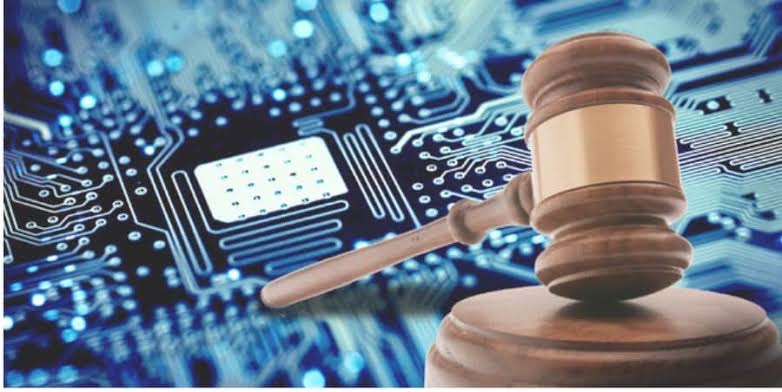Law and technology have both simple and comprehensive relationships. Technology is essentially the application of labor to produce a good, a service, or some other kind of desired outcome. Technology advances as new methods are discovered to create brand-new products or the same outputs with cheaper or less resource-intensive inputs. Law is commonly understood to exist as a set of rules established by the governing institutions of a society.
By outlining property rights, the legislation sets the conditions necessary for technological advancement. Without property rights, the world would be a large number of commons devoid of economic incentives. Few people would work to build money if others could take it for free. Property rights allow people to keep the money they generate.
Traditional property rights, while necessary for productive incentives, do not produce incentives for creative activity. As a result, modern nations create intellectual property rights to give incentives for the development of previously undiscovered innovations or improvements to existing technology. A person who develops a new technology that qualifies for intellectual property protection, for example, obtains exclusive rights to his creation for a term of twenty years. These rights are established by laws known as intellectual property law. Intellectual property laws convert components of an existing intellectual commons into a framework that encourages creation. Patents and copyright laws are the most significant intellectual property laws for the advancement of technology. The competition between sellers maximizes social wealth, and free and open markets maximize productive incentives.
INTELLECTUAL PROPERTY RIGHTS AND THEIR INCENTIVES
As long as markets are competitive, products and services are directed toward the uses that are most valuable to them. A competing economic system also promotes productive efficiency over the long term by displacing poorly efficient companies with more effective ones and in the short term by pressing producers to use their most cost-effective methods. Therefore, competition forces companies to use the most effective technologies at all times. Even though producers must operate efficiently in competitive markets, monopolies have different tendencies.
TECHNOLOGY AND THE GENERATION OF WEALTH
A monopolist does have a motivation to spend money on effective technology since it will lower its expenses and boost earnings. However, due to the altered incentive structure, the adoption of new technologies could be postponed. The utilization of the exclusive rights to technical advancements granted by intellectual property laws is in dynamic tension with society's acceptance of a competitive marketplace as a method of increasing total wealth.
Although there are two different areas of discussion and controversy around the link between law and technology, these two topics are connected, and no discussion of one would be complete without mentioning the other. Any discussion of the legal profession's future must give careful thought to how technology will influence and improve that future. Similar to this, every discussion of technology must appropriately acknowledge and take into account the legal environment in which it functions.
The use of new technology in law firms is consistent with what is happening in the broader corporate economy, where the introduction of new technologies, processes, and automation has resulted in exciting change and substantial benefits for consumers and businesses as well as a new contemporary work structure. We are on the edge of a potentially enormous upheaval because businesses can efficiently automate procedures, connect requirements with solutions more rapidly, and have a bigger pool of "employees" on standby. The digitization and archiving of case law, legislation, and regulations is one of the key developments that have made it possible for technology to be used in the legal field. The development of artificial intelligence might alter how legal research is conducted.





